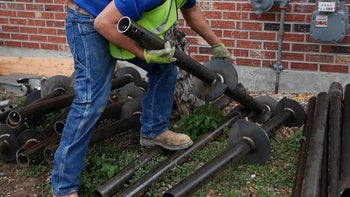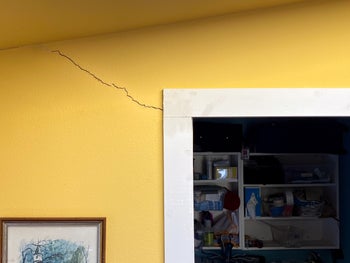Cracks In Foundation: When To Worry And When To Relax
Table of Contents
1. Not All Foundation Cracks Should Cause You To Lose Sleep
2. What Causes Foundation Cracks?
3. Types Of Cracks In A Foundation And When To Worry
4. How Are Foundation Cracks Repaired?
5. How To Prevent Foundation Cracks
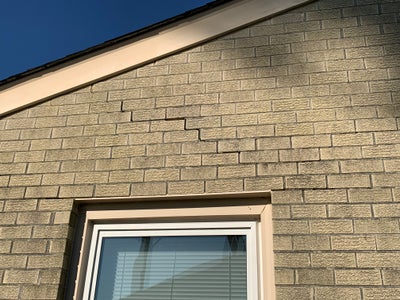
If you’re searching for “cracks in foundation when to worry,” you’re not alone.
Many homeowners worry about foundation cracks. The good news is not all foundation cracks affect your home’s structural integrity. Sometimes they’re just ugly and caused by shrinkage during the concrete curing process. These unsightly, non-structural shrinkage cracks (often hairline cracks) don’t put your home in immediate danger. Structural cracks, on the other hand, are another story.
We’re going to cover both non-structural and structural cracks in this article. We will also cover the causes of foundation cracks, foundation crack repair methods, signs of foundation problems, and more.
7 Causes of Foundation Cracks
Foundation cracks are caused by various things, including (but not limited to),
1. Construction Problems
If soil isn’t compacted before construction begins, the heavy structure built on top will sink into the ground unevenly. This causes foundation damage.
2. Expansive Soil
This is soil with a lot of clay in it. It causes problems for construction because it swells a lot when it soaks up moisture and then shrinks by that same amount when it dries out. This creates soil movement, which can cause structural problems.
3. Weather Changes
An example of this would be a house built during the dry season on top of expansive soil. When the rainy season arrives, the soil swells considerably, resulting in damage to the home’s foundation.
4. Poor Foundation Drainage
Believe it or not, water is the cause of most foundation problems. Either too much or too little of it in the soil around your foundation is a recipe for trouble. Poor drainage around the foundation can cause hydrostatic pressure to build up in the ground and press against foundation walls. If the pressure isn’t relieved, the walls will eventually start to bow inward and even crack.
5. Soil Creep
Homes built on slopes can, over time, develop foundation problems due to soil creep. This is when the soil at the top of a hill eventually makes its way down it. Soil creep can cause a foundation to move laterally.
6. Natural Disasters
We probably don’t need to tell you that earthquakes, floods, and other natural disasters can cause foundation problems.
7. Heavy Excavation
This cause of foundation problems isn’t obvious to most homeowners. Here’s a way to picture what happens: Imagine a beach chair sitting on the sand. If you start digging a hole too close to the chair, it will eventually fall into it. Something similar can happen when there’s heavy excavation next to a foundation. The home probably won’t fall into the hole, but the excavation can cause foundation problems.
Whether it’s from expansive soil, improperly compacted soil, or some other reason, all the above can cause foundation cracks because they all cause something called differential settlement.
Read more – Is it safe to live in a house with foundation problems?
Types Of Cracks In A Foundation And When To Worry
Some foundation cracks are serious, and some aren’t. We call these structural and non-structural cracks.
Structural cracks are caused by foundation movement and can, if they’re not promptly repaired, eventually threaten a building’s structural integrity.
Non-structural cracks are caused by concrete shrinkage during the curing process and don’t threaten a building’s structural integrity. However, that doesn’t mean non-structural cracks are harmless. For example, non-structural, vertical basement wall cracks can allow water to seep in.
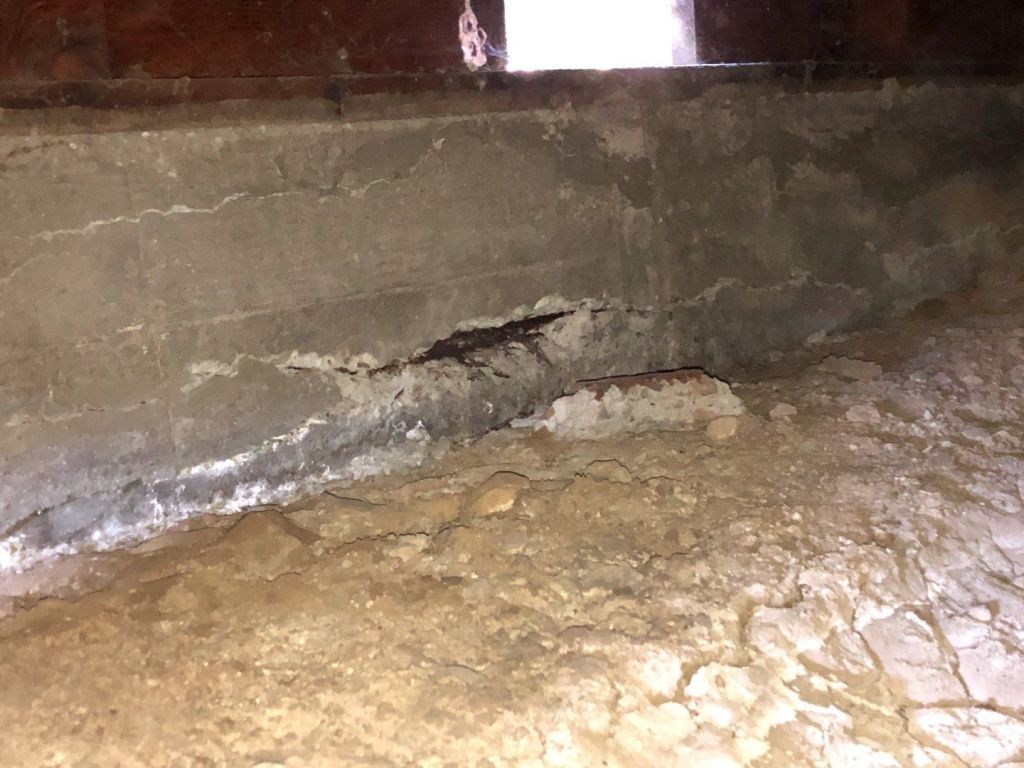
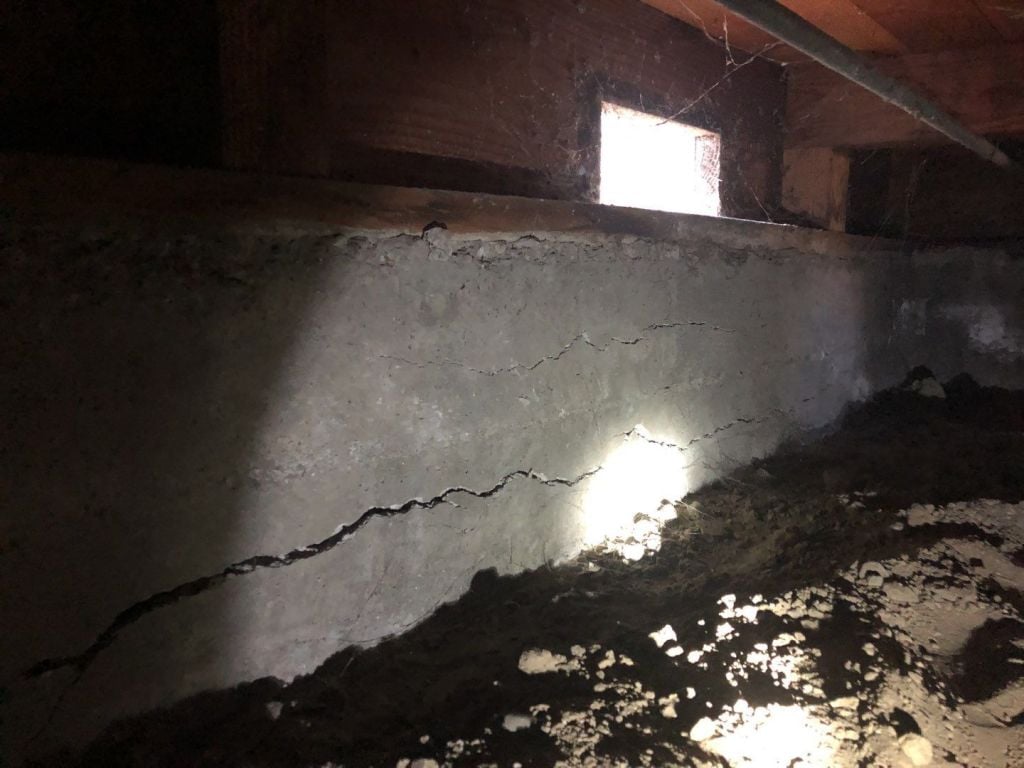
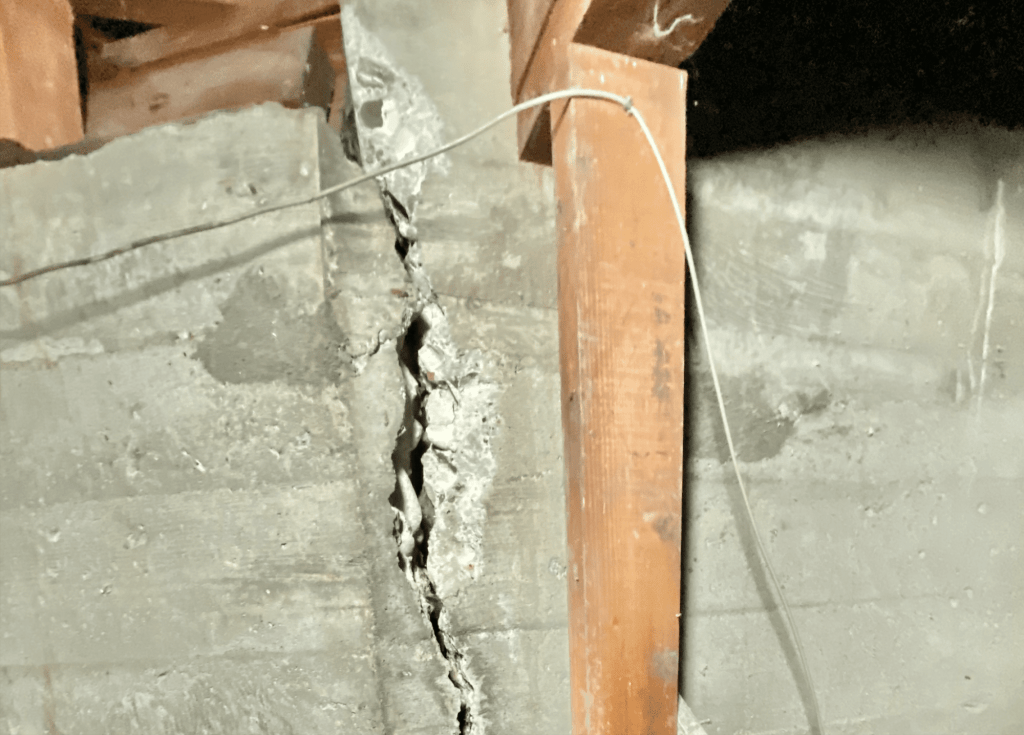
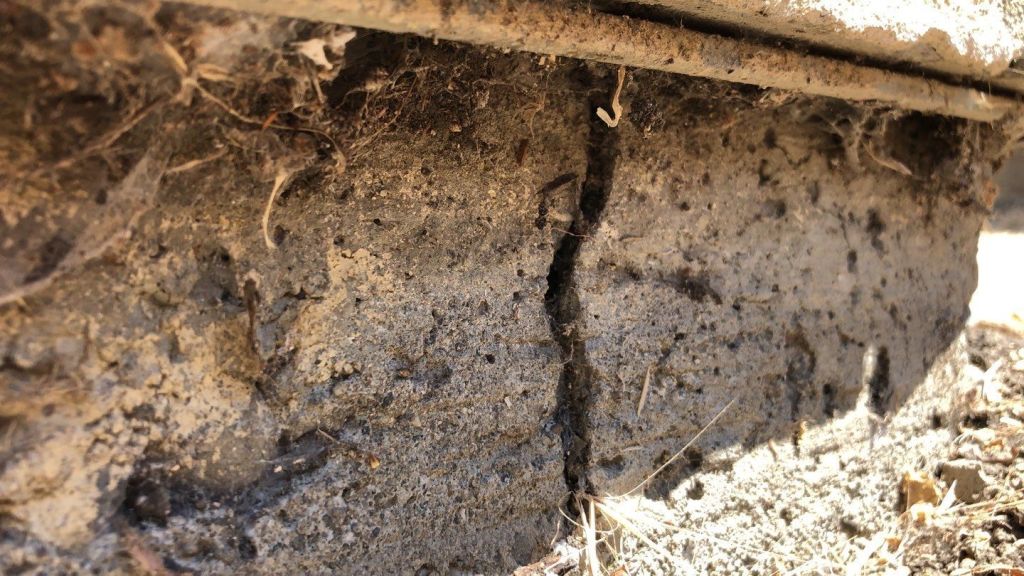
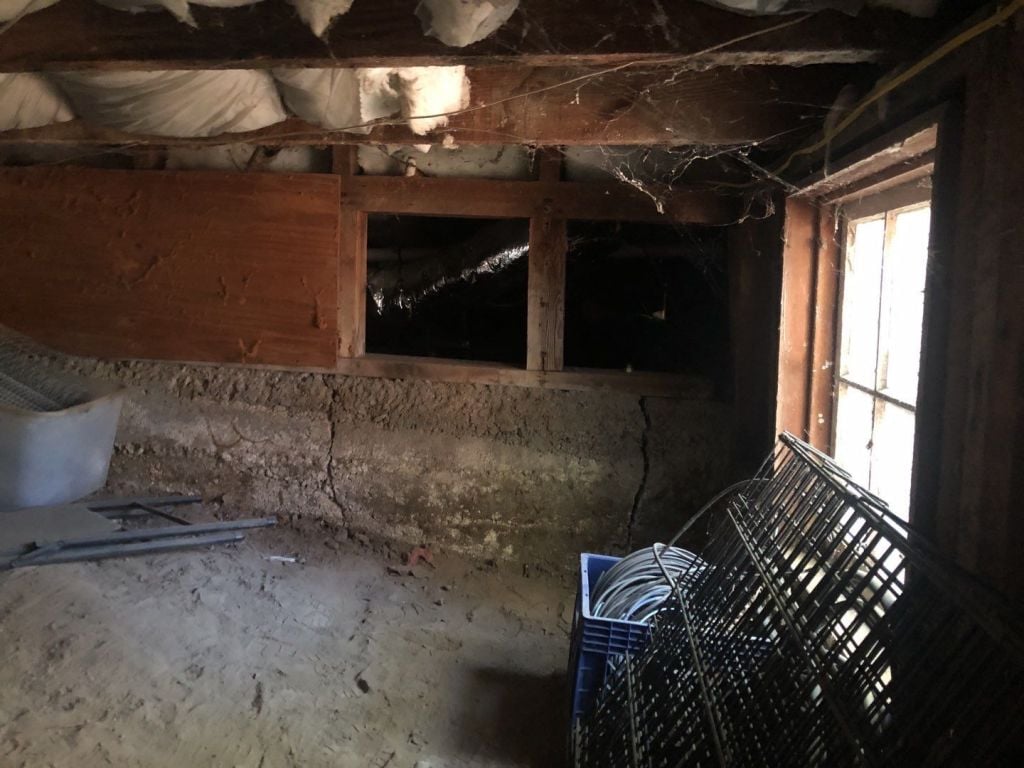
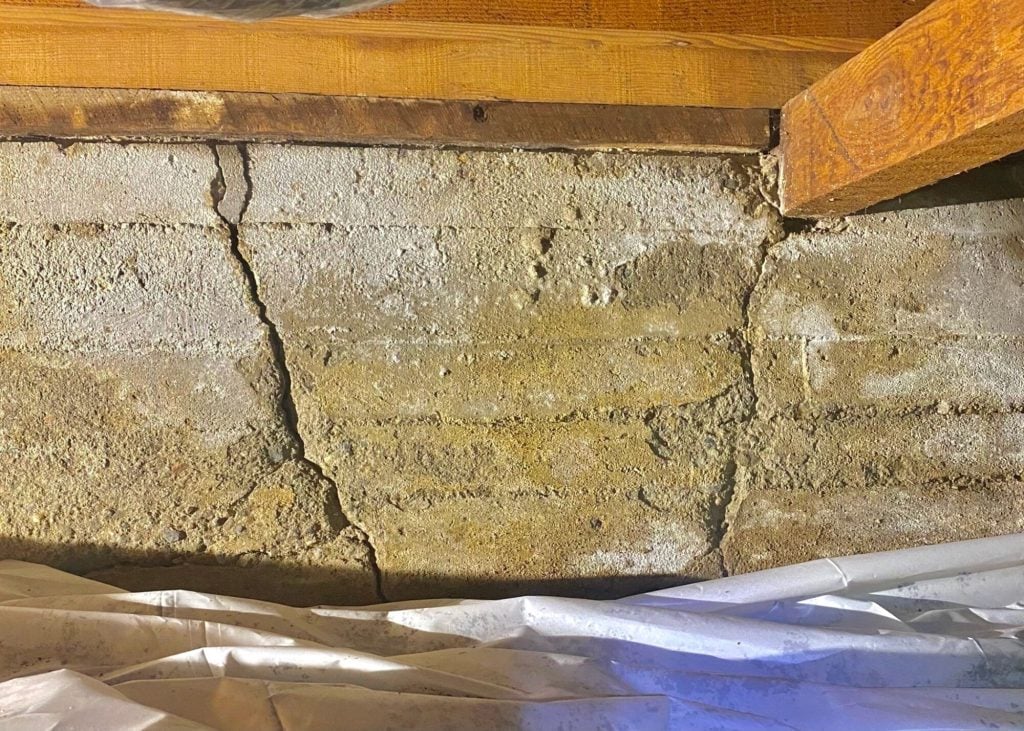
Structural Cracks In A Foundation And When To Worry
When we talk about structural foundation cracks, we’re talking about cracks in poured concrete walls and concrete block foundation walls. We’re not talking about cracks in drywall or plaster. Cracks that are only in the drywall or plaster don’t threaten a building’s structural integrity. They’re just unsightly. Differential settlement is the cause of most structural foundation cracks.
When To Worry:
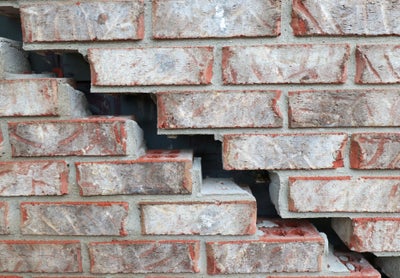
You can start to worry when you see,
- Cracks that are wider than 1/10 inch
- Cracks that are wider at one end
- Cracks that are getting bigger over time
- Stair step cracks in brickwork
- Horizontal foundation cracks, with or without bowing
- Several vertical cracks near each other
- Big, diagonal cracks
- Cracks that go across the ceiling and down a wall
If you see any of the above, you should contact an experienced foundation repair contractor for an inspection and repair estimate. Don’t delay. The longer you wait, the more expensive the repair will be.
Non-Structural Cracks In Foundation And When To Worry
Non-structural cracks are cracks that don’t threaten the building’s structural integrity. They’re usually caused by concrete shrinkage. While they may look unsightly and can still cause some trouble, as we noted above, they don’t immediately threaten your home’s foundation.
When To Worry:
You can start to worry about non-structural cracks when,
- Cracks that were less than 1/10 inch in width start to get wider. This might indicate that the crack is structural.
- Water is seeping into your basement through a vertical crack. (A single vertical crack usually isn’t structural. However, if water is making its way into your basement via that crack, you’ll need to have a professional take a look at it.)
- A crack that was limited to one block (in a concrete block wall) has expanded to other blocks. This could be an indication that you have a structural crack.
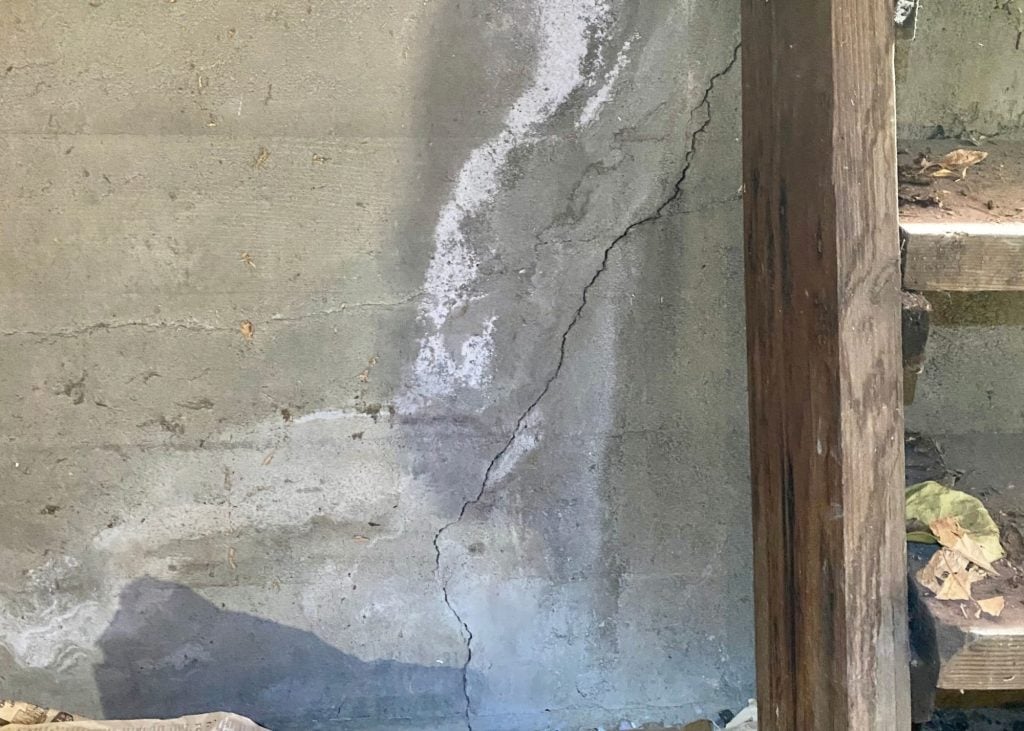
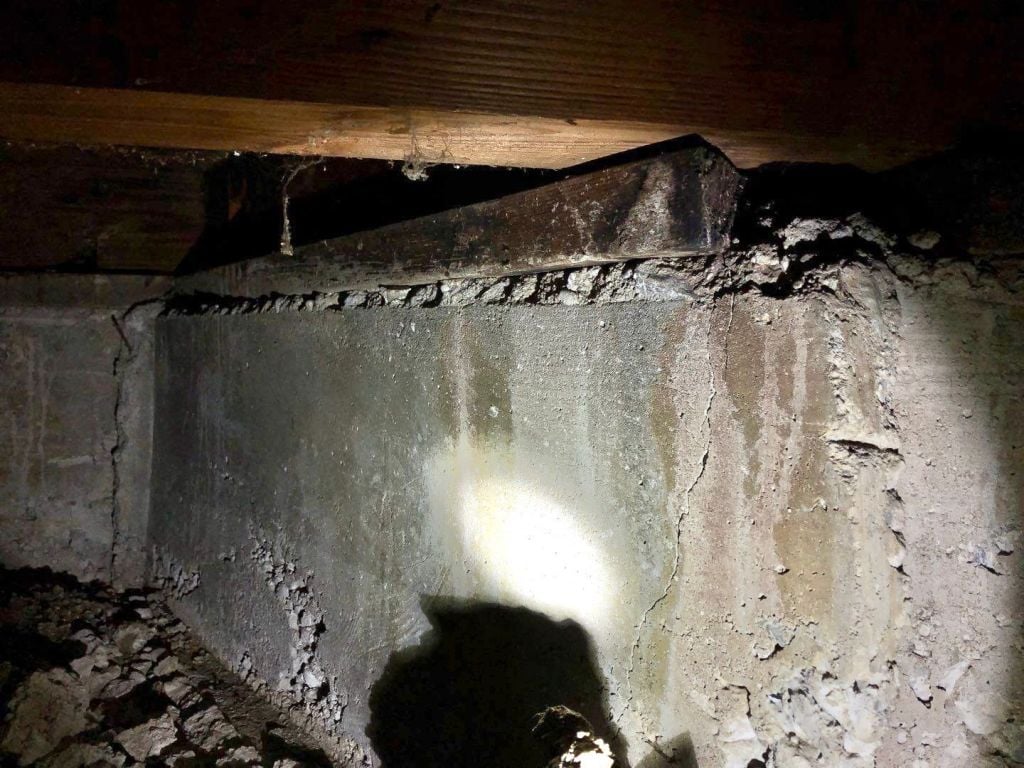
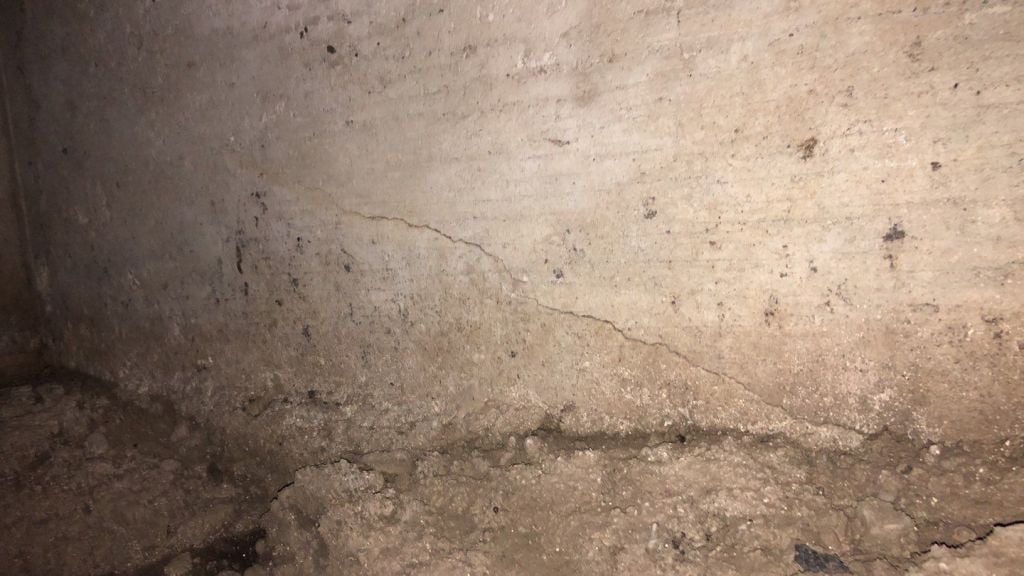
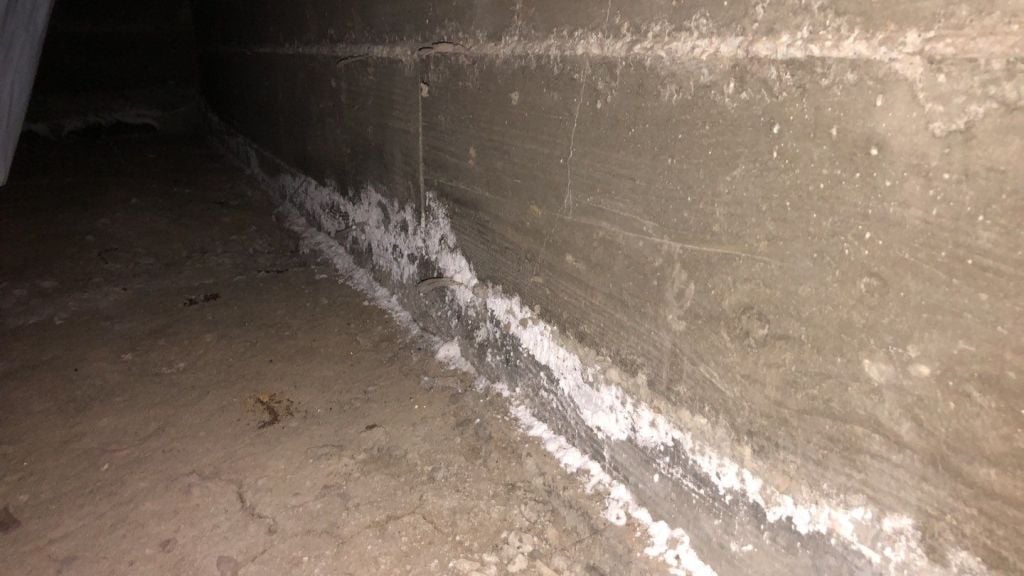
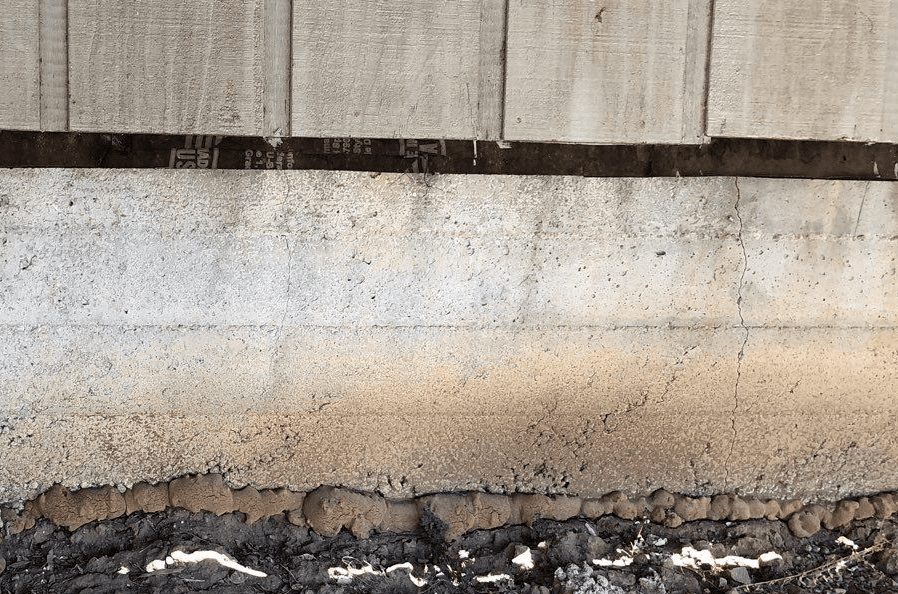
How Are Foundation Cracks Repaired?
Foundation cracks are repaired using various methods, including underpinning with push piers, helical piers, drilled concrete piers, or slab piers. Wall cracks can be repaired directly using wall anchors, carbon fiber wall straps, epoxy, and steel I-beams.
Foundation Underpinning
Using Piers Underpinning a foundation means anchoring it to soil that can support it. Once a foundation with differential settlement is firmly anchored to load-bearing soil, hydraulic jacks lift it back up. As it’s raised, the cracks close.
Push Piers
Push piers (also known as resistance piers) are the most popular method for underpinning a settled foundation. The piers are driven deep down until they reach load-bearing soil. Once they’re in place, hydraulic jacks are used to lift the building.
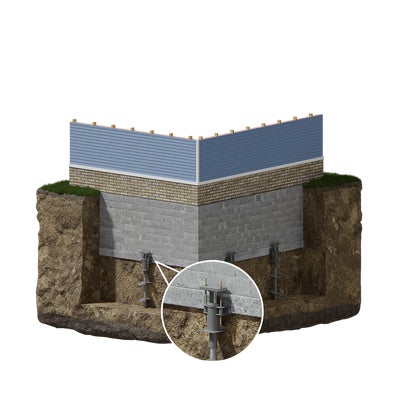
Helical Piers
Helical piers get their name because they look something like giant screws. They’re turned into the soil until they reach the load-bearing strata. Hydraulic jacks attached to the piers then lift the building back up.
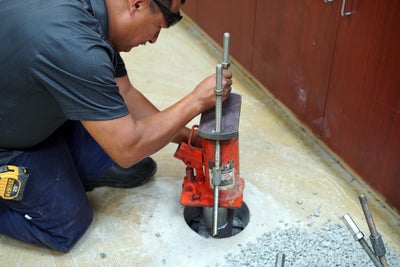
Slab Piers
Slab piers are either push or helical piers installed through holes drilled in the slab. The piers go through the holes and down into the ground until they hit load-bearing soil.
Foundation Wall Crack Repair
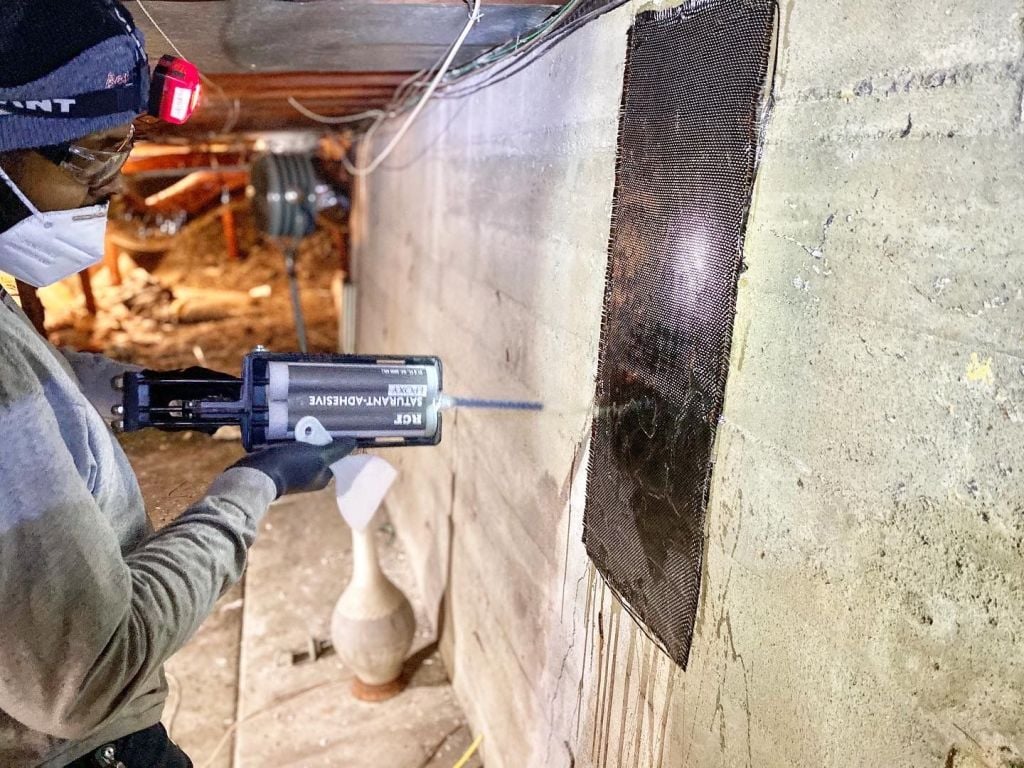
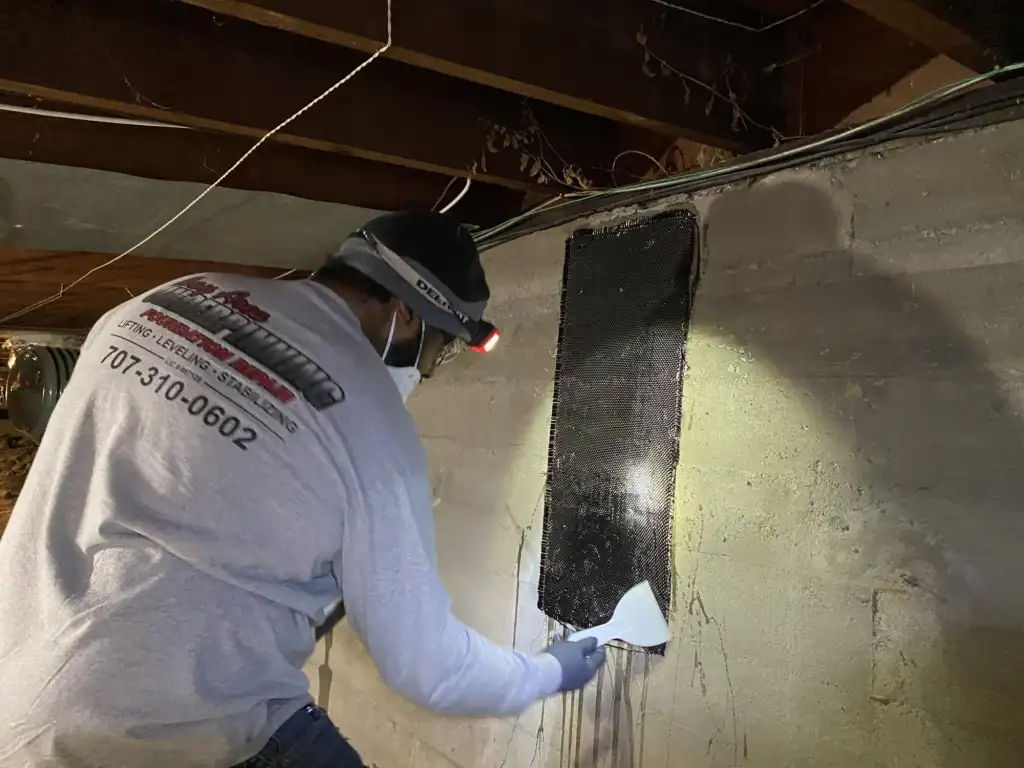
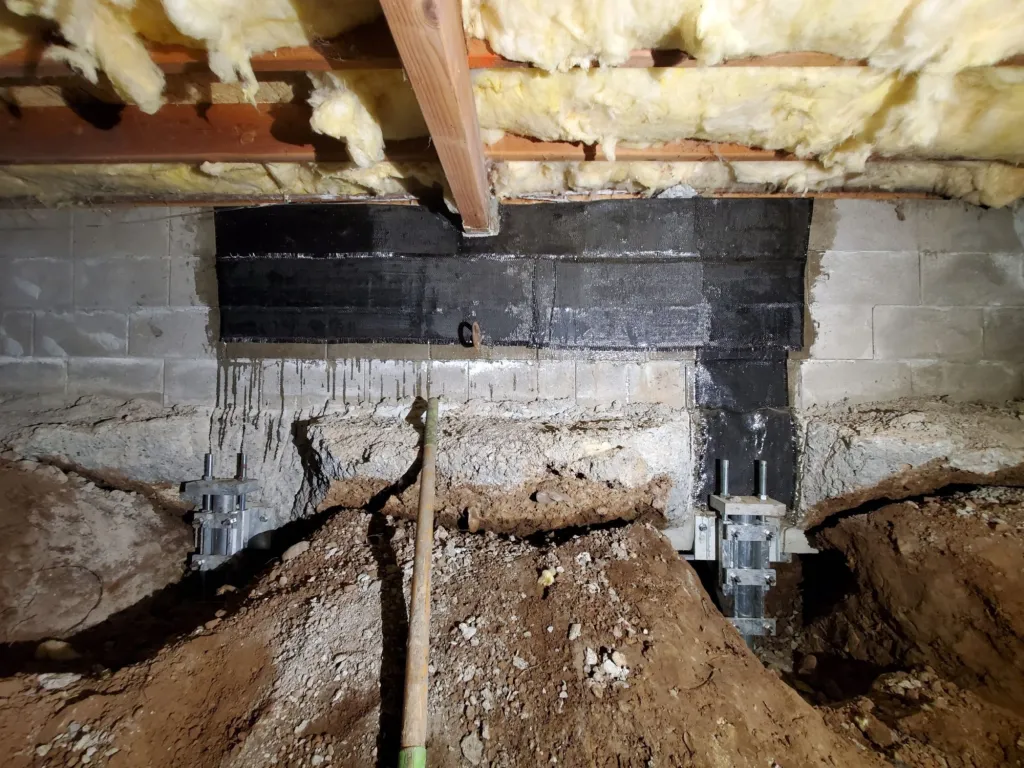
Basement Foundation Walls
Excess water in the soil around a home can cause a lot of trouble. If the water doesn’t have a way to drain off, hydrostatic pressure will build and press against the wall. If this isn’t relieved, the wall will eventually start to bow inward and even crack. C-channel wall anchors, wall plate anchors, carbon fiber wall straps, I-beams, and epoxy are used to repair cracks in basement foundation walls.
Crawl Space Foundation Walls
When foundation cracks appear in poured concrete walls supporting a crawl space foundation, the cause is usually foundation settlement. Foundation piers are the most effective solution to combat this. Carbon fiber patches can be applied to structurally reinforce the cracked concrete. This seals the crack and ensures that the crack will not worsen over time.
How To Prevent Foundation Cracks
Since most foundation problems are caused by water, you can prevent foundation cracks by making sure there’s good drainage around your foundation:
- If necessary, regrade your yard – Your yard should slope away from your home’s foundation. Foundation repair contractors or landscapers can help you with regrading. Regrading also might be a good DIY project, if you’re up to it.
- Clean your gutters regularly – Clogged gutters can cause water to overflow and run down the side of the house and into the ground, which is precisely where you don’t want it.
- If necessary, install downspout extensions – Many downspouts are too short and dump water next to the foundation. Extensions are inexpensive, easy to install, and channel water away from the foundation before releasing it.
- Install a bubbler pot – In this system, water from a downspout flows into an underground pipe and into something called a “bubbler pot.” When the pot fills with water, the lid pops up and distributes the water somewhere away from the foundation.
- Install exterior drain tile – This is a perimeter drain installed around the outside of your foundation at the footer level. It works by taking excess water in the soil and channeling it away from the foundation.
- Install interior drain tile – Interior drain tile works the same way as exterior drain tile. It makes sure the soil under the foundation doesn’t get oversaturated with water.
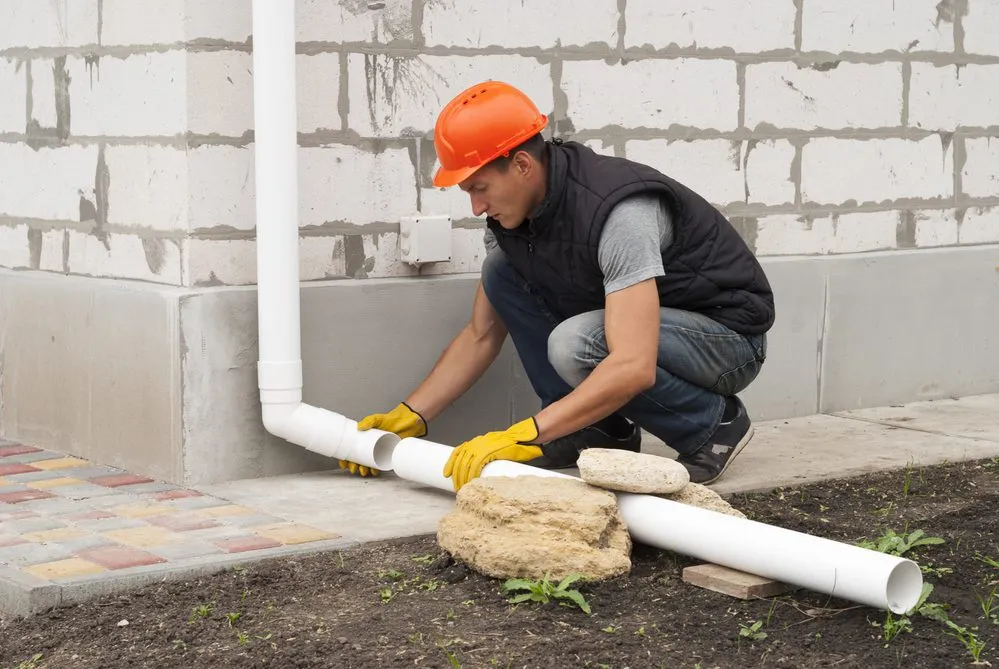
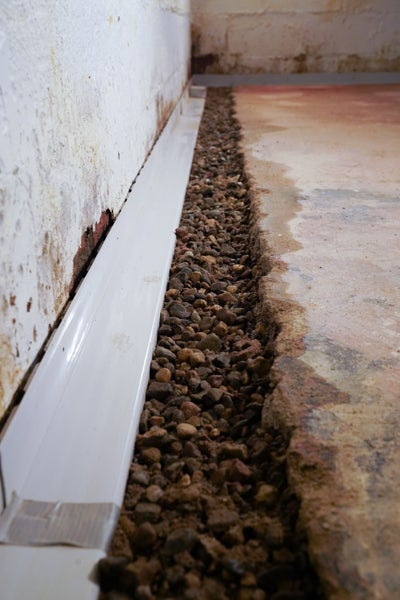
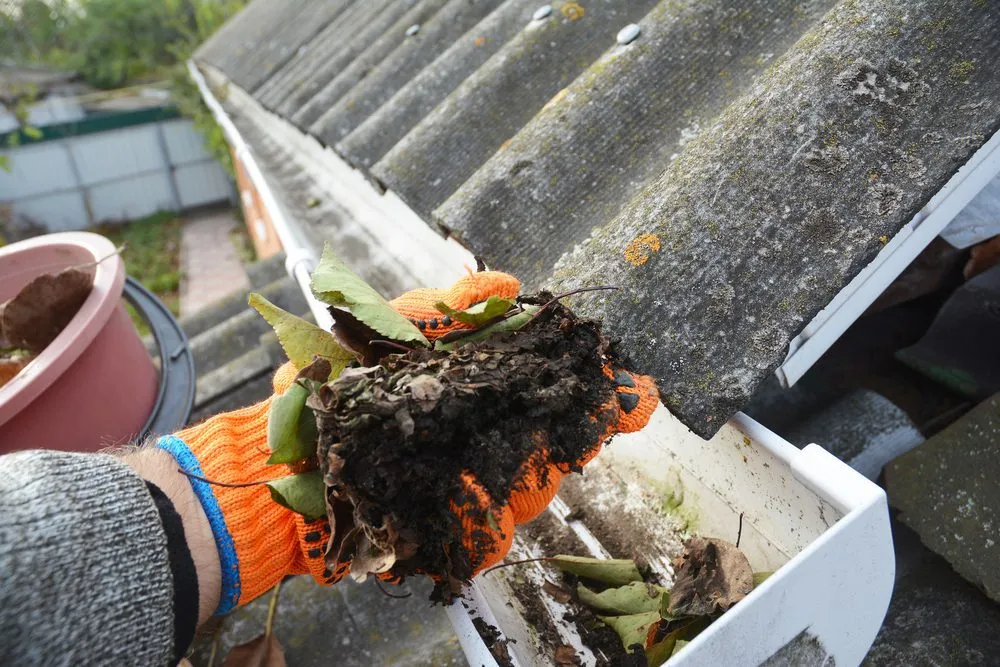
When to Worry and When to Call Bay Area Underpinning
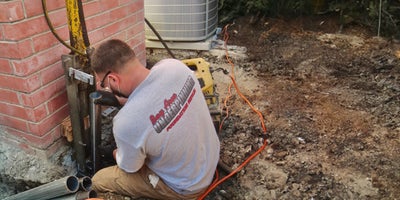
While some foundation cracks may be benign, others can signal serious structural issues that should not be ignored.
Understanding the difference is crucial to maintaining the integrity and safety of your home. If you’re unsure whether the cracks in your foundation are harmless or a cause for concern, don’t hesitate to reach out to the experts.
Bay Area Underpinning offers comprehensive evaluations to assess the severity of your foundation issues. We encourage you to schedule a free inspection with us today. Let our skilled team provide you with peace of mind and the right solutions to keep your foundation strong and secure.
More Resources
Publish Date:
Last Modified Date:

Our Locations
2333 Courage Dr. Suite C
Fairfield, CA 94533
1161 N Fair Oaks Ave
Sunnyvale, CA 94089

